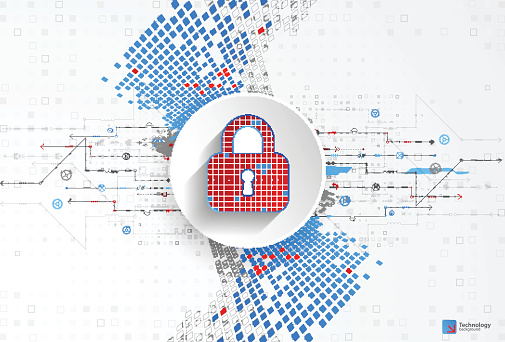Optimizing your technology for success in business won’t happen by accident. Achieving an efficient and effective IT environment requires time, expertise, structure and a proven strategy tailored to your needs, all of which you can get from our IT Experts.















